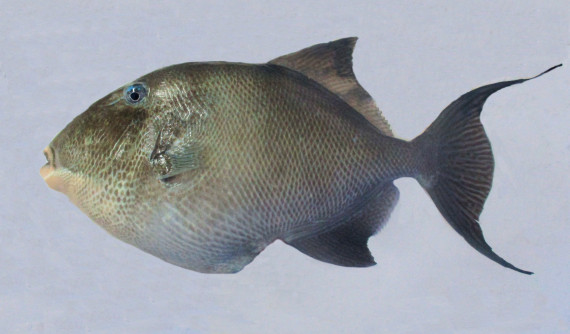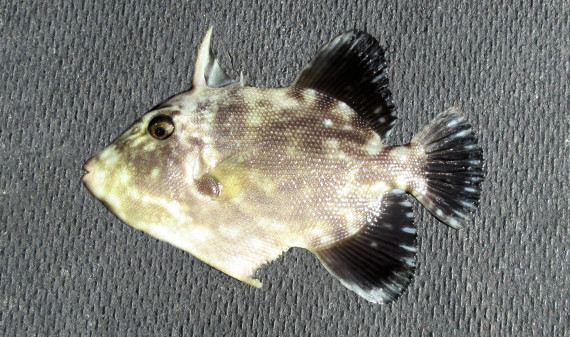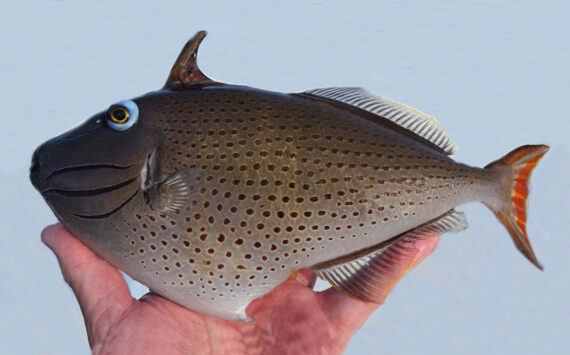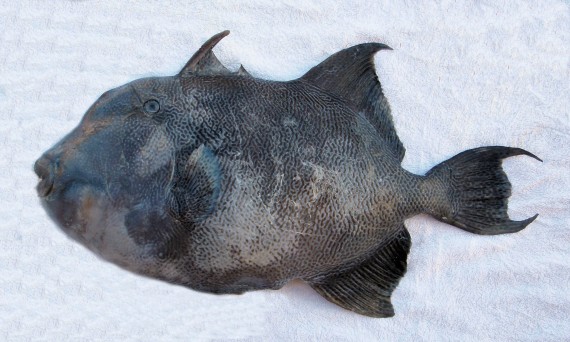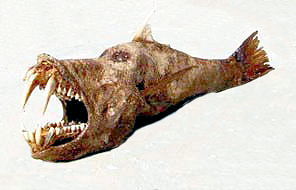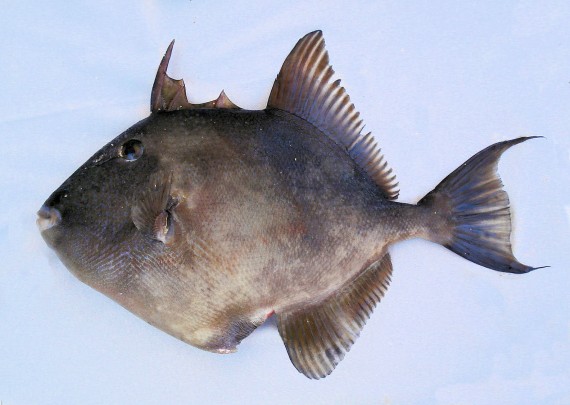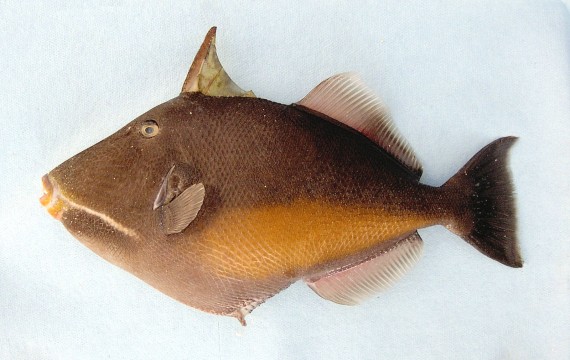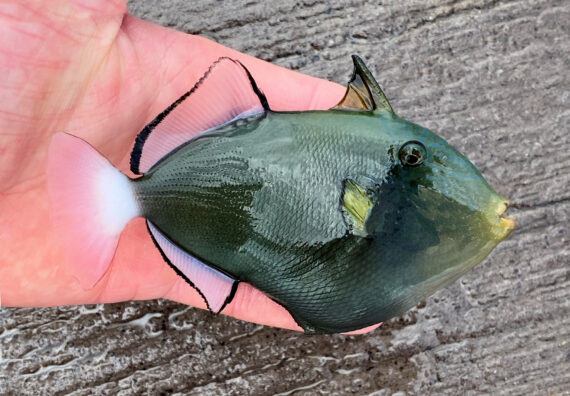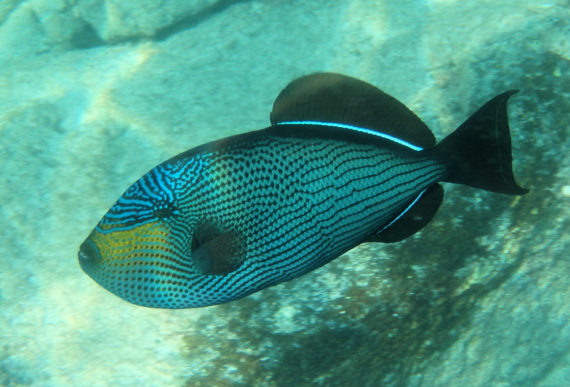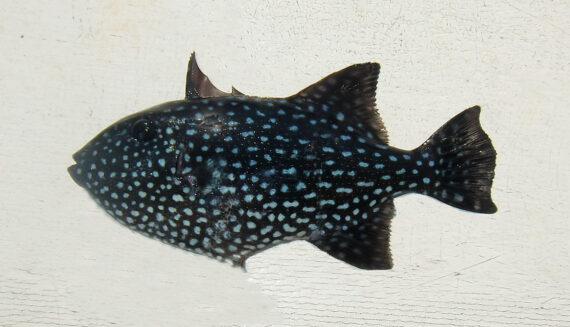Triggerfish Family – Balistidae
There are currently ELEVEN members of the Triggerfish or Balistidae Family, four from the Atlantic and five from the Pacific, and two from both the Atlantic and Pacific Oceans, presented in this website:
FROM THE ATLANTIC (4):
FROM THE PACIFIC (5):
FROM THE ATLANTIC AND THE PACIFIC (2):
The fish of the Triggerfish or Balistidae Family are known in Mexico’s fishing areas as cochitos. There are currently forty-four global members of the Triggerfish Family, seven of which reside in Mexican waters of the Atlantic, six in the Pacific and one in both oceans.
The Triggerfish are members of a group of bizarre-looking fish of the Balistidae Family known for their unique defensive adaptations. They are mid-sized fish that are about 40 cm (16 inches) in length. Their bodies are oblong, robust, and compressed with heads that have small mouths opening at the front, which are equipped with powerful jaws and eight teeth on the upper and lower jaws. They have small eyes located far away from the mouth. Their pelvic fins are exceedingly small. Their skin has a thick texture and is covered with small denticles that are virtually impossible to penetrate.
The Triggerfish have 3 characteristic dorsal spines and have the unique ability of locking their first dorsal spine in an erect position which is released by a trigger mechanism generated by their second spine. This allows them to wedge themselves into rock crevices making it very difficult for predators to get them out. Their second dorsal spine is one half the length of their first spine. Their teeth are human-like and truly lethal as they eat corals and rocks day in and day out. They are fearless carnivores feeding on sea urchins, small crustaceans, and mollusks.
There are nine Triggerfishes presented in this website four of which are found in the greater Los Cabos area of Baja California Sur: the Blunthead Triggerfish and the Rough Triggerfish are exceedingly rare. The Orangeside Triggerfish, is despised and a “catch-and-release” being the inshore “pest of Los Cabos” and can be caught at will from the beach to depths up to 37 m (120 feet). They are retained by subsistence fishermen and sold commercially on a limited basis. The local fishermen do not like them because of their abundance, aggressiveness, and limited food value due primarily to the tough skin that can only be filleted with great difficulty destroying knives during the process. The Finescale Triggerfish is a hit and miss opportunity that travel in fairly wide-ranging schools. They are a quality food fish that is used primarily as ceviche.
